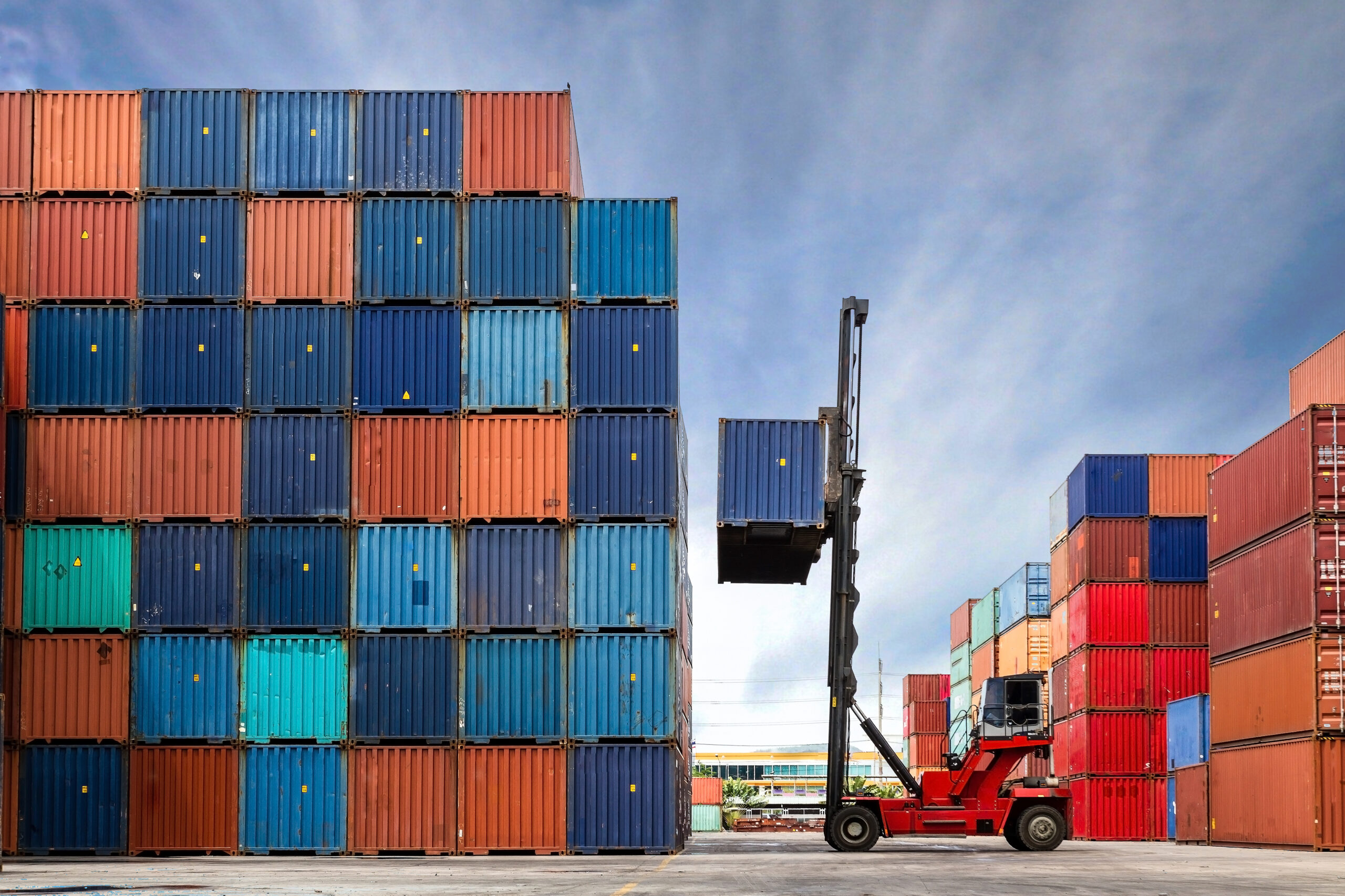Shipping containers are versatile, durable, and cost-effective solutions for a variety of needs, from transporting goods to building homes, offices, and retail spaces. However, with different sizes, types, and conditions available, choosing the right container can be overwhelming. Here’s a comprehensive guide to help you select the perfect shipping container for your specific requirements.
1. Determine Your Purpose
The first step in choosing the right shipping container is to clearly define its intended use. Are you planning to use it for storage, transportation, or a construction project like building a home, office, or retail space? Understanding the primary purpose will help you identify the necessary features and specifications.
- Storage: For storing goods, consider the size, security features, and ease of access.
- Transportation: For transporting goods, focus on durability, condition, and compliance with shipping regulations.
- Construction Projects: For building purposes, consider the container’s size, condition, and customization potential.
2. Select the Right Size
Shipping containers come in various sizes, with the most common being 20 feet and 40 feet in length. Here’s a breakdown of standard sizes:
- 20-Foot Container: Ideal for small-scale storage and transport needs. It offers approximately 1,170 cubic feet of space.
- 40-Foot Container: Suitable for larger storage and transport requirements, providing around 2,385 cubic feet of space. High cube versions offer an extra foot of height, totaling about 2,700 cubic feet.
- 10-Foot and Custom Sizes: For specific needs, smaller or custom-sized containers are available but may be harder to find and more expensive.
Consider the amount of space you need and whether you’ll need extra height for stacking or storing tall items.
3. Choose the Appropriate Type
Different types of shipping containers are designed for various purposes. Here are some common types:
- Standard Dry Containers: The most common type, used for general purposes.
- High Cube Containers: Taller than standard containers, providing extra vertical space.
- Refrigerated Containers (Reefers): Equipped with temperature control for transporting perishable goods.
- Open Top Containers: Ideal for transporting oversized cargo that can’t fit through standard doors.
- Flat Rack Containers: Used for heavy or oversized loads that require loading from the top or sides.
- Insulated Containers: Suitable for goods that need protection from temperature fluctuations but don’t require refrigeration.
Select the container type that best fits your specific needs.
4. Assess the Container’s Condition
Shipping containers are typically available in three conditions: new, used, and refurbished.
- New (One-Trip) Containers: These containers have made a single trip from the manufacturer to the destination. They are in excellent condition, with minimal wear and tear, and are ideal for long-term use and construction projects.
- Used (Cargo-Worthy) Containers: These have been used multiple times for shipping but are still in good condition. They may have some cosmetic wear but are structurally sound.
- Refurbished Containers: These used containers have been repaired and repainted to extend their lifespan. They offer a balance between cost and quality.
Inspect the container for any signs of damage, rust, or structural issues. Ensure it has a solid frame, intact doors, and a watertight seal.
5. Consider Customization Options
Depending on your needs, you may require customization of your shipping container. Custom modifications can include:
- Doors and Windows: Adding doors and windows for accessibility and ventilation.
- Insulation: Installing insulation for temperature control, especially for living or working spaces.
- Electrical and Plumbing: Adding electrical wiring and plumbing fixtures for functional spaces.
- Interior Finishing: Installing flooring, walls, and ceiling finishes to enhance comfort and usability.
Work with a reputable supplier who can provide customization services to meet your specific requirements.
6. Understand Delivery Logistics
Consider the logistics of delivering the container to your site. Ensure that there’s enough space for the delivery truck to maneuver and unload the container. Check if there are any restrictions or permits required in your area for placing a shipping container on your property.
7. Evaluate Your Budget
Your budget will play a significant role in determining the type, size, and condition of the container you can afford. While new containers offer the best quality, used or refurbished containers can provide significant cost savings. Factor in additional costs for delivery, customization, and permits.
Conclusion
Choosing the right shipping container involves careful consideration of your specific needs, container size, type, condition, customization options, delivery logistics, and budget. By clearly defining your purpose and evaluating all these factors, you can select a container that perfectly fits your requirements. Whether you’re looking for a simple storage solution, a transportation option, or a versatile building material, shipping containers offer a durable, adaptable, and cost-effective solution.
 عربي
عربي عربي
عربي